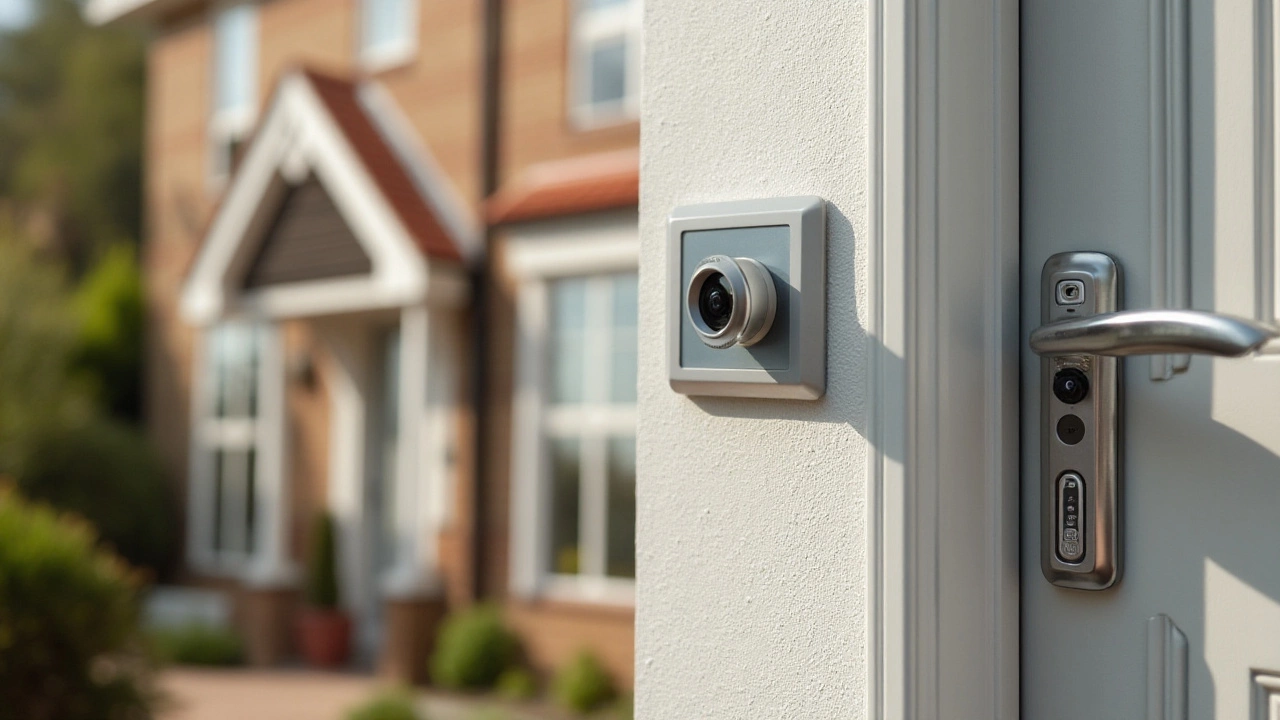Ever wonder why your smart lights work but your security camera feels vulnerable? That’s the reality of the Internet of Things – everything’s online, so everything can be a target. The good news is you don’t need a tech degree to lock down your devices. Below we’ll walk through the biggest risks and give you quick actions you can take right now.
Every Wi‑Fi‑enabled gadget talks to your router, and that conversation can be intercepted if you leave the door wide open. A weak password on a video doorbell, an outdated firmware on a wireless camera, or an unsecured baby monitor can let strangers peek into your home. It’s not just privacy – a hacked thermostat can waste energy, and a compromised alarm sensor can fail when you need it most. Think of IoT security as the lock on every entry point, not just the front door.
1. Use Strong, Unique Passwords. Skip the "123456" or "password" and create a random mix of letters, numbers, and symbols for each device. A password manager makes this easy and keeps you from reusing the same login everywhere.
2. Keep Firmware Updated. Manufacturers push updates to fix known bugs. Enable automatic updates where possible, or set a monthly reminder to check the app for each camera, doorbell, or sensor.
3. Separate Networks. Create a guest Wi‑Fi network just for your IoT gear. That way, if a smart plug is compromised, it can’t hop onto the network your laptop or banking apps use.
4. Turn Off Unused Features. Many cameras have built-in microphones you may never need. Disabling these saves power and reduces the attack surface.
5. Enable Two‑Factor Authentication (2FA). If your device’s app supports 2FA, turn it on. It adds a second check that makes it much harder for a hacker to break in.
These steps cover the most common gaps we see in home security surveys. Applying them will make your smart lock, video doorbell, and wireless cameras far less attractive to cyber thieves.
Beyond the basics, think about the data each device collects. A security camera that stores footage in the cloud needs a strong, encrypted account. Check the provider’s privacy policy – you want end‑to‑end encryption, not a plain‑text archive that anyone can download.
Finally, treat every new gadget like a small security project. When you add a new smart thermostat, repeat the checklist: unique password, firmware check, network placement, and 2FA. Consistency builds a habit, and habits keep your whole home safer.
Stay curious, keep your devices patched, and remember: a secure IoT system protects not just your home, but your peace of mind.

In today's interconnected world, the demand for a secure smart home system has never been higher. As technology advances, so do the threats to our personal spaces. This article explores the most secure smart home systems available in 2024, focusing on their security features and the technology that keeps them safe from cyber threats. Through an examination of various systems, this guide aims to help homeowners select the most reliable and secure systems for their needs.